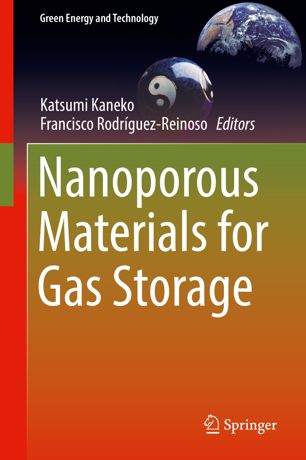

Most ebook files are in PDF format, so you can easily read them using various software such as Foxit Reader or directly on the Google Chrome browser.
Some ebook files are released by publishers in other formats such as .awz, .mobi, .epub, .fb2, etc. You may need to install specific software to read these formats on mobile/PC, such as Calibre.
Please read the tutorial at this link: https://ebookbell.com/faq
We offer FREE conversion to the popular formats you request; however, this may take some time. Therefore, right after payment, please email us, and we will try to provide the service as quickly as possible.
For some exceptional file formats or broken links (if any), please refrain from opening any disputes. Instead, email us first, and we will try to assist within a maximum of 6 hours.
EbookBell Team

5.0
88 reviewsThis book shows the promising future and essential issues on the storage of the supercritical gases, including hydrogen, methane and carbon dioxide, by adsorption with controlling the gas-solid interaction by use of designed nanoporous materials. It explains the reason why the storage of these gases with adsorption is difficult from the fundamentals in terms of gas-solid interaction. It consists of 14 chapters which describe fundamentals, application, key nanoporous materials (nanoporous carbon, metal organic frame works, zeolites) and their storage performance for hydrogen, methane, and carbon dioxide.
Thus, this book appeals to a wide readership of the academic and industrial researchers and it can also be used in the classroom for graduate students focusing on clean energy technology, green chemistry, energy conversion and storage, chemical engineering, nanomaterials science and technology, surface and interface science, adsorption science and technology, carbon science and technology, metal organic framework science, zeolite science, nanoporous materials science, nanotechnology, environmental protection, and gas sensors.